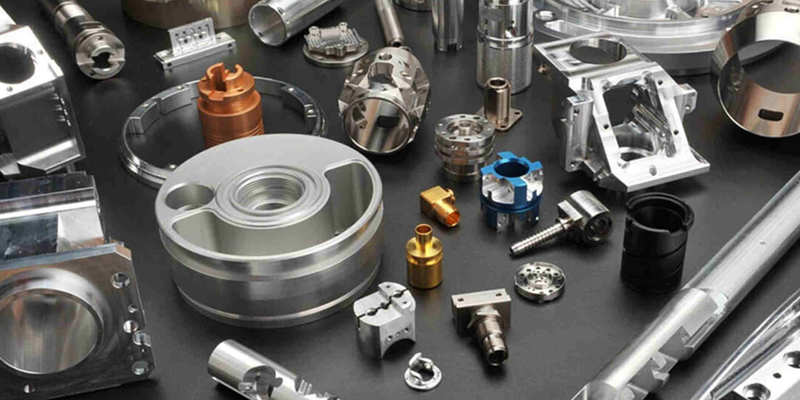Posted on July 28th, 2020| By WayKen Rapid Manufacturing
Modern businesses can be separated into two large groups. Production and services. The second group is considerably larger because it is easier to start a business doing some kind of service based on your education or skills. You can set up a coaching agency or a freelance writing business with little to no financing. Production businesses have it much harder. To produce CNC parts you need to know a lot. However, your potential is much higher. Once you’ve set everything up, the production demands less time and can grow into something potentially larger than a service company.
We have decided to make this easy step-by-step guide for you to see that getting parts by CNC machining is not as backbreaking as it sounds and that there are ways you can make it even easier for yourself.
You usually begin by choosing what to produce. Believe me, there are tons of ways to improve our life or to bring more entertainment to it. Even producing mundane things can be great if you have your unique angle that the customers like attractive. We are not going to help you with what to produce but rather how to do it. So, move on to the next step once you’ve chosen what to sell.
1. CNC Machine Shop Requirements
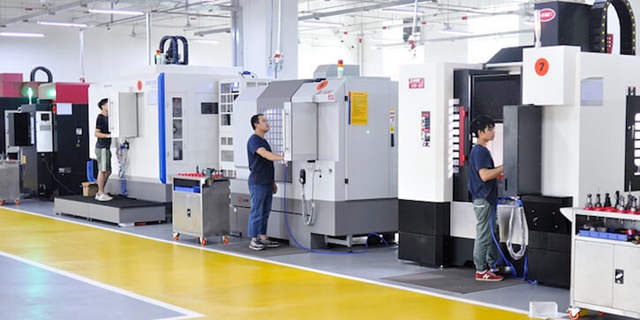
First of all, you should understand that you are designing a part with the intent of manufacturing. It means you will have to take the manufacturing limitations into account. Ideally, you should know where you are going to produce the part so you can estimate the possibility of production. You can design the parts and then look for the manufacturer but it is possible you’ll have to additionally redesign your product so that the chosen machine shop can produce it. So, my proposition is that you decide on the production facility cost, of course, ideally, you purchase equipment to produce your parts and set up a factory but very few people have the money for it. Therefore, you will be looking for a suitable CNC machine shop.
What should you look at?
- Take note of the materials they work with, the more the better.
- Look at the mass and max dimensions of the parts they can make.
- Look at finishing operation possibilities. A lot of people have to look for a second shop for anodization or polishing.
- Look at the precision of their equipment. It has to be 30% more precise than the tolerance of your parts.
- Look at the number of different machine tools they have. Look at the quantity of each type. You may need to increase your production at some point.
Once you’ve chosen the machine shop you want to work with, get as much information on their CNC machining for prototypes and parts capabilities and write it down. Keep it at hand when you design your product.
2. Design Idealized CNC Parts
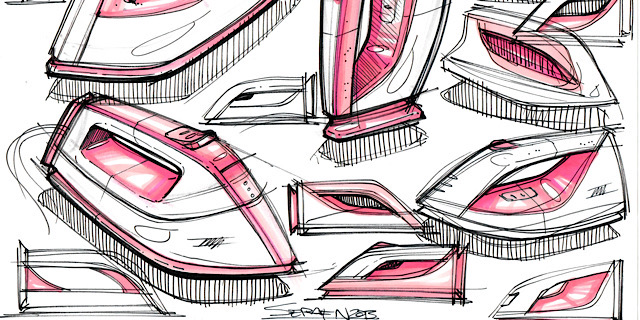
So, whether you have or haven’t established a machine shop to work with, Your first task is to design what you want to produce. At this stage do not worry about the manufacturing capabilities too much, you can mind the maximum dimensions but at this stage let your imagination flow. You should start by listing the features your product will have. Then, draw a sketch that will outline the general layout and working principles of your idea. Then, I suggest you decide on the main dimensions and start making a 3D-model of your design. 3D-modeling has been adapted and is really easy nowadays. There are tons of free lessons on the internet.
3. Modify Design for Manufacturing CNC Parts Needs
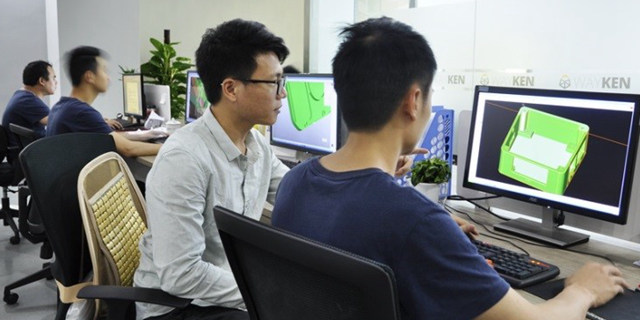
Once you’ve made your perfect view on the product, the next stage is, unfortunately, to slice and dice it a bit. You need to get this sheet of Information about your CNC machine shop, find some manufacturing advice articles for CNC machining, and start reviewing your design. This stage is one of the most important if you get to serial production because let’s say you made a change in the design that lets you save one cent in production costs, be it time or tools or equipment used. Let’s say you produce 2000 products a month, that is 24000 a year, so, you will save $2400 a year if you improve your design by a single cent. Think of further possibilities. The more you produce the more scrupulously should you look over your design? There are some tools in further steps that can help you make your design more manufacturable.
4. CNC Programming
The final result of the design is a 3D-model and a technical drawing representing all its dimensions and tolerances. From there on, if you decide on making a prototype yourself, you’ll need to learn CNC programming. The majority of CNC machine tools use a special programming language called G-code. The part is placed in a coordinate system of the machine tool and each line tells where the cutting tool should move. You can also use a CAM system to help you create an NC program. Then, you’ll have to choose, which surface on your CAD model should be machined and the CAM system will generate the code itself. This stage is quite complex because you should take into account the geometry, the tolerances, and the materials to generate a good program. We suggest that at this stage, you hire a good machine shop. Prototypes are not expensive nowadays and the professionals will move your project to the next step that much faster.
5. CNC Machine Setup
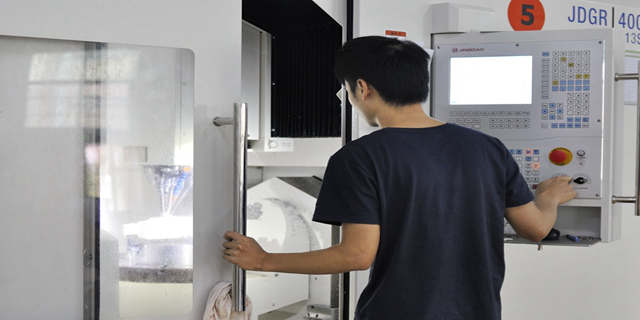
Once you have the program, it is time to set up the part. A basic CNC machine setup consists of the following considerations
- Part orientation. During the previous step and this one, you’ll need to decide on the series of part orientations to delete all the excess material.
- Part clamping. You need to firmly hold the part in place because the cutting forces will try to remove it from its position. There are a lot of different types of fixtures to clamp the part. We strongly advise using standard tooling sets of jigs and fixtures, however, if your part has a complex shape, you may need to order special tooling. Some machine shops specialize in Rapid Tooling perfect for small batches and prototypes. It is cheaper and is manufactured faster.
- Coordinate Zero. Once you’ve clamped the part, the machine tool must know where the zero coordinate is situated. You can either manually adjust this point by touching the workpiece with a tool and calculating the difference manually, or you can purchase a special indicator.
- Loading the cutting tools. Last but not least is the cutting tool setup. You need to position all the tools you use in your NC program in the designated slots (you should check that the tools correspond to the numbers in the G-code). Then, you have to manually insert the dimensions of the tool so that the machine knows how long and wide it is.
6. Program Proofing
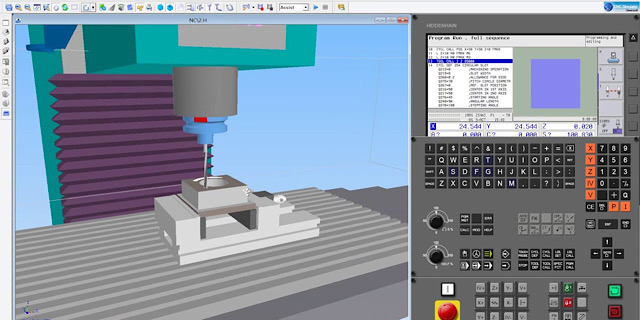
Once you’ve done all the preparations, you need to test out the program. Firstly, a lot of CNC systems have a virtual simulation feature that allows you to see the cutting progress on the screen of the tool. That way, if you’ve done any mistakes, you will see them without damaging anything. Once you’ve checked that, we suggest you test out the NC program on a softer material. If a collision occurs, the cutting tools and the tooling will not suffer damage.
7. Machining the Part
Once you’ve checked and double-checked the NC program, it is time for the machining CNC parts. This part is usually easy for prototypers since you only manufacture a few parts and there are no strict timing intervals for part loading and unloading. However, when you manufacture parts, you need to pay attention to those things and cut set up times as much as possible.
8. Quality Control
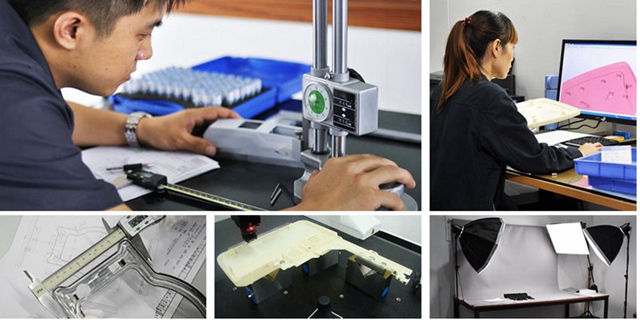
Once the part is complete, you need to check, whether it meets all the design requirements. If your CNC part has high precision, you’ll need special equipment and Quality Control Techniques. Wayken is ISO 9001:2015 certified to ensure that your project meets strict quality specifications.
9. Surface finishing
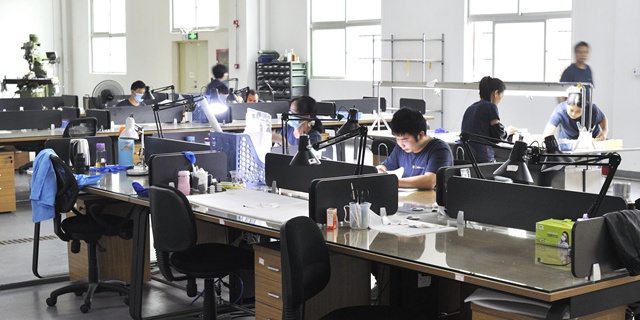
CNC parts finishing is very important because it adds to the aesthetics of your product and more importantly, its durability. Sure, metal sheen looks good on a freshly machined part but it will grow dull, and corrosion will set in in a matter of weeks. There are Lots of Finishing Techniques available if you have specific equipment. If you want your part to look great, we suggest you contact the professionals. If you do not need the perfect finish, for now, painting the part with a brush is always an option for a low-cost solution, however, we strongly advise that you do not forgo finishing.
How WayKen Can Offer Premium CNC Parts
At Wayken, we can offer rapid prototyping, CNC machining, rapid tooling, and much more. Our customer service engineers will check your design for manufacturability(DFM) to guarantee that the part can be made beyond your expectations. Lean low volume production, fasting shipping, and complete after-sale service, you can get the perfect parts and prototypes there. If you would like to know more about us, please don’t be hesitate to contact us: [email protected].

